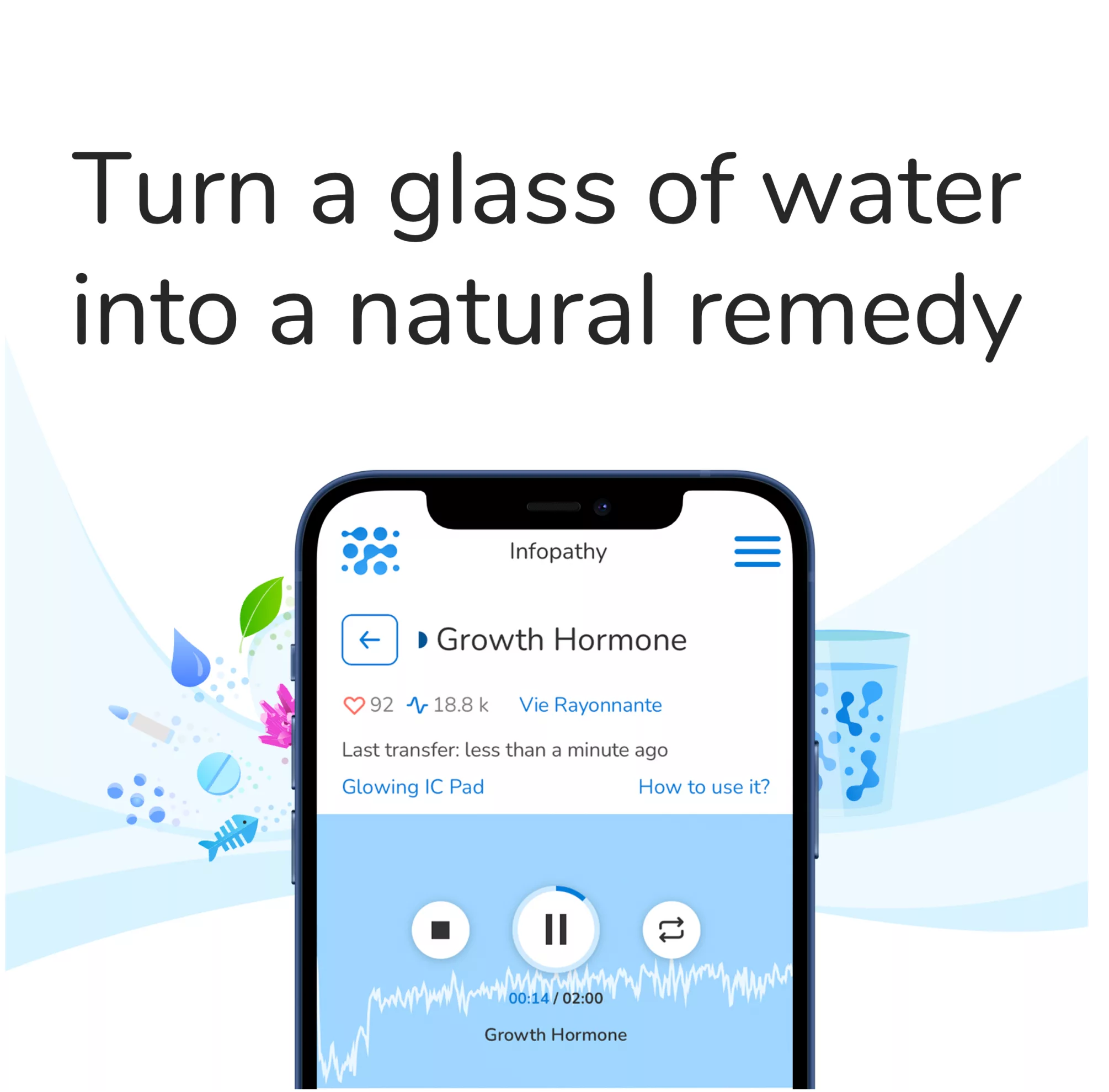Finding a genetic cause of neurological disorders not revealed by conventional sequencing technologies can provide physicians and patients with relief, opening new avenues of clinical care and research, as well as enrolling into gene-specific clinical and research trials.
Intramural trainees participating in the Short Course gain valuable experience in project management, research coordination and education – perfect preparation for careers outside the bench!
2. How do I enroll?
Wave genetics was initially developed by two Russian scientists during the 1920s and 1930s. Their theories advanced the hypothesis that our DNA operates at the quantum level as waves and fields; this idea became the cornerstone of Dr Peter Gariaev and his team’s wave genetics system. By providing your body with healthy quantum information it will eventually heal itself over time; but keep in mind this process may take time, patience, commitment as well as diet/lifestyle changes; but ultimately the results will be rewarding – your health is worth investing in!
3. What are the benefits?
Wave genetics enrollment is a crucial element of making genomic research accessible for all patients. Proactive population outreach strategies can increase participation rates among previously underrepresented groups in genomic research; furthermore, gaining an understanding of patient preferences across demographic groups will aid future outreach efforts.
Wave, located within MaRS Discovery District near four research hospitals and three medical research institutes, works to transform health by unlocking the power of DNA. Wave’s PRISM platform uses quantum physics and linguistic principles to analyze gene and chromosome structures as well as find novel ways of encoding hereditary information; furthermore it has the unique capability of detecting mutations within human genomes for repair enabling new drug treatments that treat specific conditions.
Wave’s proprietary chemistry provides outstanding results in five areas, such as intracellular uptake; endosomal release; cellular residency; nuclear uptake and target engagement. This enables Wave to deliver therapeutic agents such as antisense oligonucleotides (ASOs) and RNA editing therapies more readily into cells for delivery into therapeutic trials, with applications from increasing drug efficacy to improving safety of clinical trials being explored with their technologies.
Studies have demonstrated the benefits of proactive population screening over reactive approaches for increasing enrollment rates in newborn sequencing studies. Geisinger Health System’s MyCode biobanking program achieved an 85% consent rate when eligible patients were approached during outpatient clinic visits with researchers or clinicians; another recent project, BabySeq project, found parents enrolling their newborns for newborn sequencing at rates between 7.8% with brochure plus digital approach and 6.9% when used digital-only approach alone.
Overall enrollment rates between both groups were similar; however, their differences reflect how patients were reached and engaged. Enrollment rates among those covered by Medicaid coverage or living in rural areas were considerably higher in the Brochure + Digital group than other options; suggesting additional opportunities for digital outreach may be necessary to reach these populations and increase WGS enrollment rates overall.





